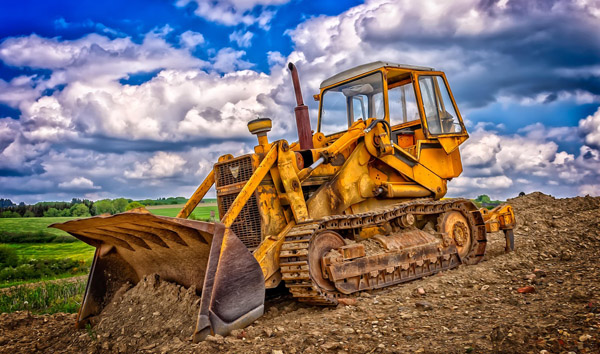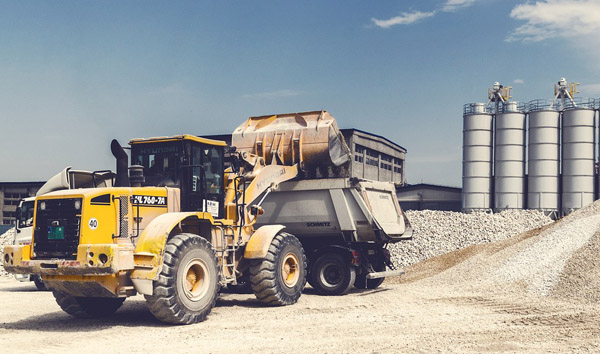The Impact of Ground Clearance on Mining 4WD Forklift Performance
2025-08-02 03:40:28
Ground clearance is a critical design parameter for mining 4WD forklifts, directly influencing their ability to traverse uneven surfaces without undercarriage damage. Industry data shows that optimal clearance ranges between 300mm to 450mm for most mining operations, balancing obstacle clearance with stability. Manufacturers like Caterpillar and Komatsu prioritize reinforced axles and elevated chassis designs to achieve this balance.
Higher ground clearance in mining 4WD forklifts reduces the risk of rock strikes and debris accumulation, but it also raises the center of gravity, affecting load stability. Recent field tests indicate that models with 400mm clearance exhibit a 12% lower tip-over risk compared to those with 500mm, emphasizing the need for precision engineering. Advanced suspension systems now integrate load-sensing hydraulics to dynamically adjust height based on terrain.
The mining sector demands forklifts capable of handling extreme conditions, where insufficient ground clearance can lead to costly downtime. A 2023 industry survey revealed that 34% of mining equipment failures stem from undercarriage damage, highlighting the importance of optimized clearance. Leading OEMs are now using AI-driven simulations to refine chassis designs for specific mining environments.
Fuel efficiency is another factor influenced by ground clearance in mining 4WD forklifts. Increased height often results in higher aerodynamic drag, reducing fuel economy by up to 8%. However, innovations like retractable skid plates help mitigate this by adjusting clearance dynamically, as seen in Volvo’s latest L350H model, which improves efficiency by 5% in variable terrain.
Future trends in mining 4WD forklift design point toward adaptive ground clearance systems powered by real-time terrain scanning. Companies like Hitachi are piloting LiDAR-enabled forklifts that automatically adjust clearance based on obstacle detection. Such advancements could reduce maintenance costs by 15% while enhancing operational safety in unpredictable mining landscapes.














